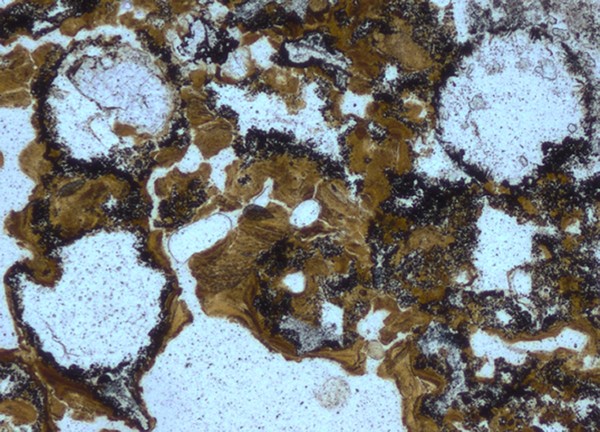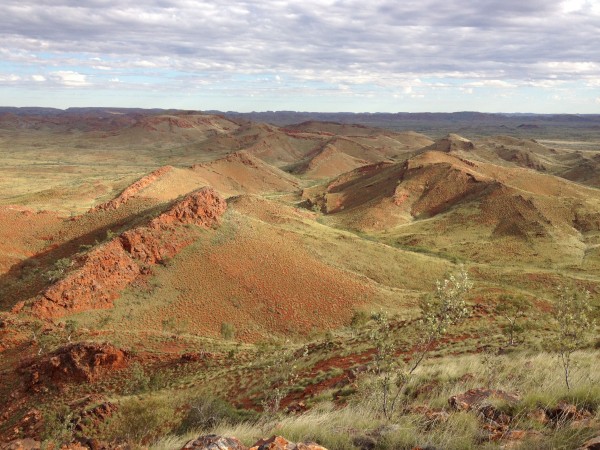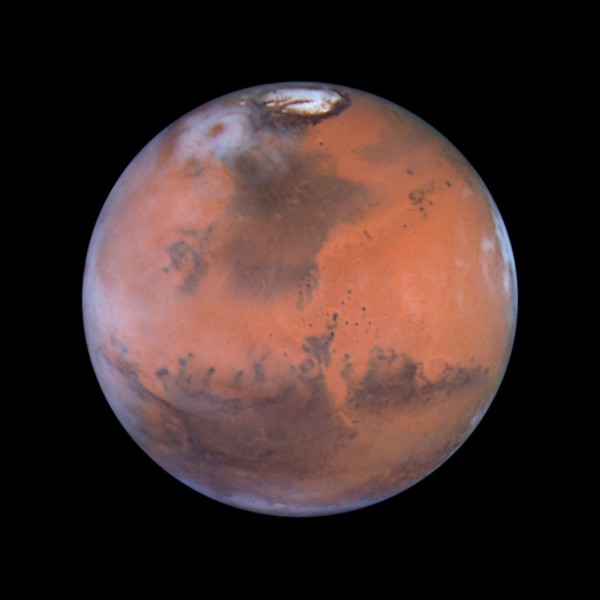Life thrived on the land as long as 3.48 billion years ago – hundreds of millions of years earlier than was previously thought, scientists have learned.
The discovery raises the possibility that the earliest living things may have evolved on land rather than in the sea – and increases the chances of life on Mars.
Fossil remnants of ancient microbes were unearthed from 3.48 billion-year-old hot spring deposits in a remote region of Western Australia. Previously, the most ancient evidence of terrestrial life came from South African rocks dating back 2.7 to 2.9 billion years.

Lead researcher Tara Djokic, from the University of New South Wales in Australia, said: “Our exciting findings don’t just extend back the record of life living in hot springs by three billion years, they indicate that life was inhabiting the land much earlier than previously thought, by up to about 580 million years.
“This may have implications for an origin of life in freshwater hot springs on land, rather than the more widely discussed idea that life developed in the ocean and adapted to land later.”
There are two competing theories for the origin of life on Earth. One is that life emerged around hydrothermal vents – hot and mineral-rich volcanic fissures on the ocean floor. The other is that life’s original cradle was somewhere hot and wet on land.

The discovery, reported in the journal Nature Communications, is said to have major implications for the search for life on Mars.
The Red Planet has ancient hot spring deposits similar in age to those that yielded evidence of the ancient microbes in the Pilbara, an arid, sparsely populated region of Western Australia.
“If life can be preserved in hot springs so far back in Earth’s history, then there is a good chance it could be preserved in Martian hot springs too,” said Djokic.

Within the Pilbara deposits, the scientists identified stromatolites, which are layered rock structures created by communities of ancient bugs.
Other signs of early life included preserved bubbles thought to have been trapped in a sticky microbial substance.
The presence of geyserite, a mineral only found in terrestrial hot spring environments, was evidence that the deposits were formed on land and not in the ocean.
Study co-author Professor Martin Van Kranendonk, director of the Australian Centre for Astrobiology, said: “This shows a diverse variety of life existed in fresh water, on land, very early in Earth’s history.
“The Pilbara deposits are the same age as much of the crust of Mars, which makes hot spring deposits on the red planet an exciting target for our quest to find fossilised life there.”






0 comments:
Post a Comment